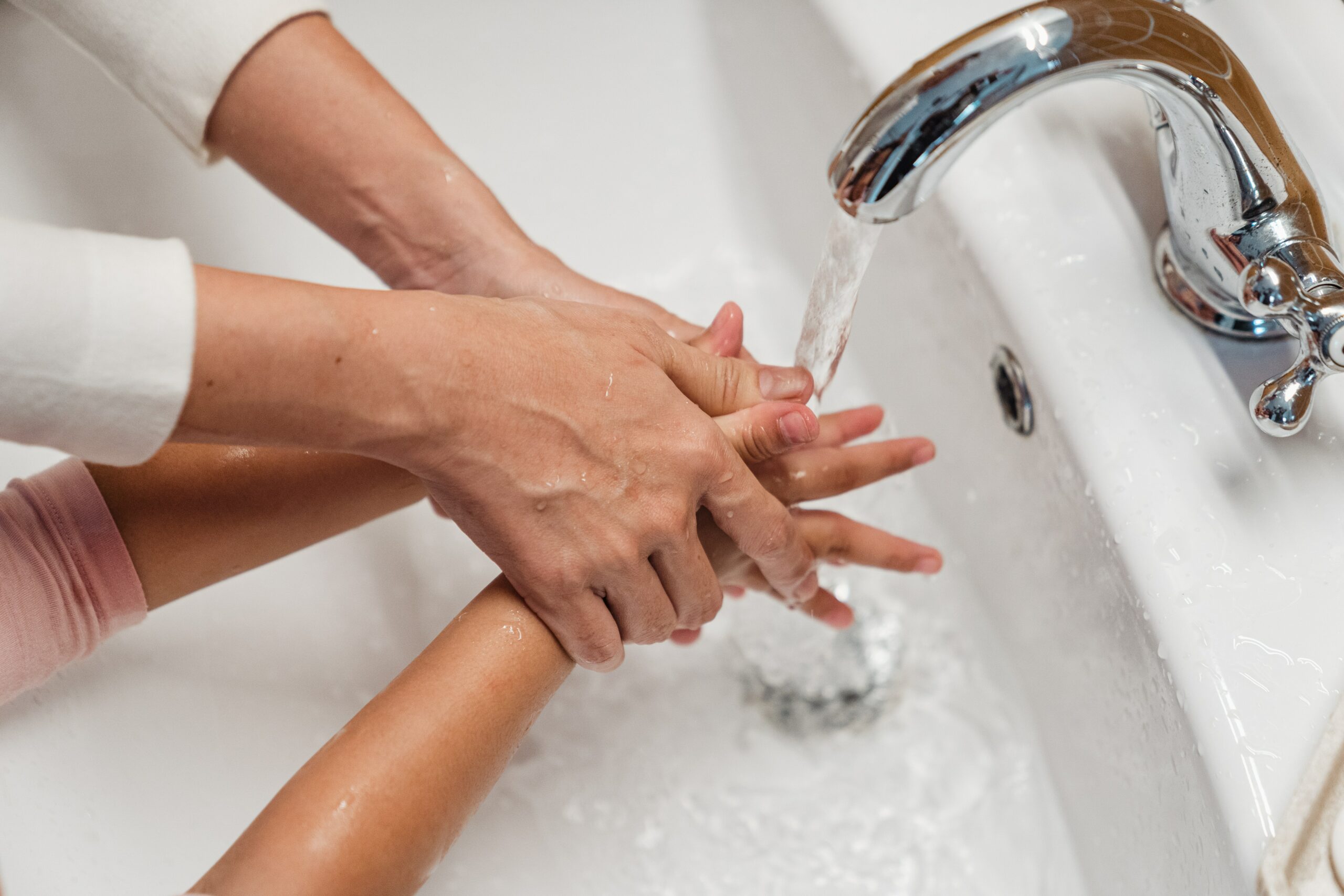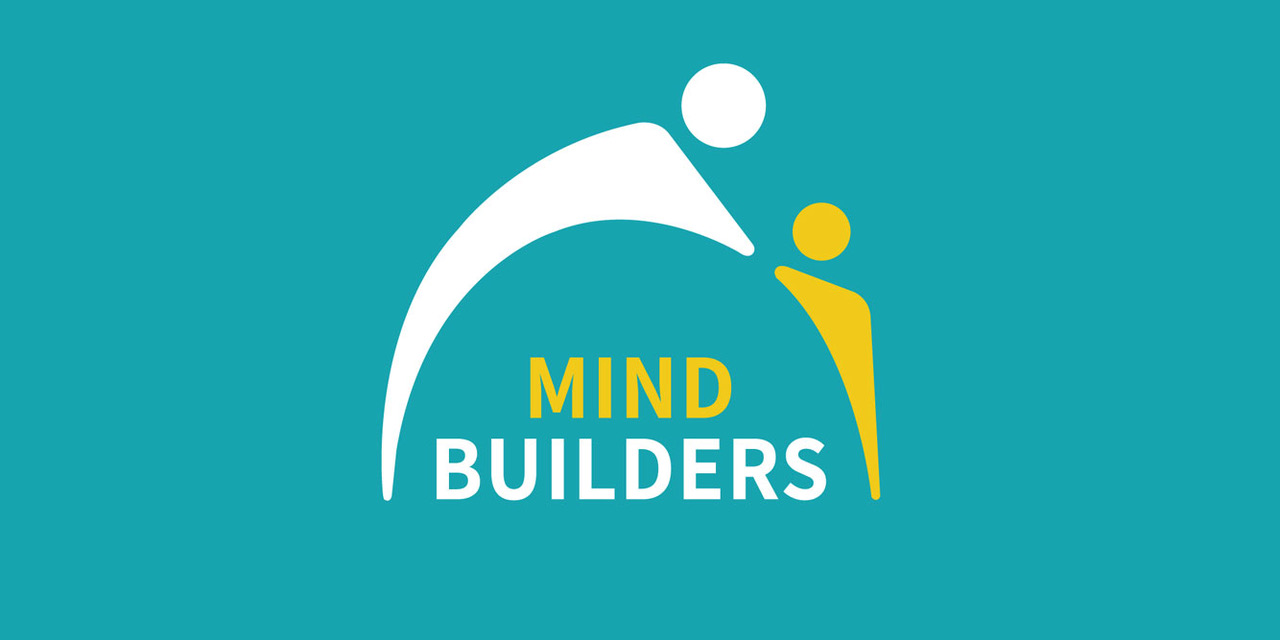
Water is this unique medium that envelops you and seems to offer no resistance, can carry you but cannot be held. To hold it requires a container that gives the water a shape and boundary, and then a second container to allow the water to flow from one to the other. Thus, after the original whole-body experiences of 'I am (again) inside and wonderfully enveloped' and all is one (as before my birth), it makes possible new tactile and mental-emotional experiences with the outer world. Now one cup is empty, and sad. The other is full, and happy or proud, and gladly gives pouring to the poor empty container. Here we see how thinking and the first symbolic functions are born through empathy, if the necessary external circumstances are present. For without a suitable container, water cannot be captured, or an empty cup filled. Just as a hungry baby cannot be sated or comforted without an empathetic mother figure. The shaping of the containers gives rise to 3 basic mental faculties:
- own mental IMAGINATIONS, which develop from active and interested handling of objects in the environment, especially from the experience of PRESENTS, which is full of intense feelings, like full-empty, there-away, in-out, inside-out, mine-not-mine (yours comes much later), alone/abandoned/taken up/loved, ....
- FRUSTRATIONS and to be able to endure unpleasant feelings and to be interested in how one can deal with them well oneself. This, in turn, requires the ability to imagine, as well as the possibility of such experiences, e.g. checking if the favorite toy is still upstairs in the bathroom, where it 'lives', or where the ball we had been playing with has just disappeared to.
- to have discovered one's own HANDS and to actively handle objects in order to try out what one can do with them, and what can and cannot be done with them, e.g. that the balls on the sound tree run down, but corks do not, but can be put into the plastic bottle. For this, as the next developmental step after the 'water phase', again enough of 2 fundamental basic materials are needed: CONTAINERS of various kinds as well as LOOSE PARTS that can be moved back and forth, in and out, such as corks, blocks, sand, but also potatoes, shoes, coffee beans.

